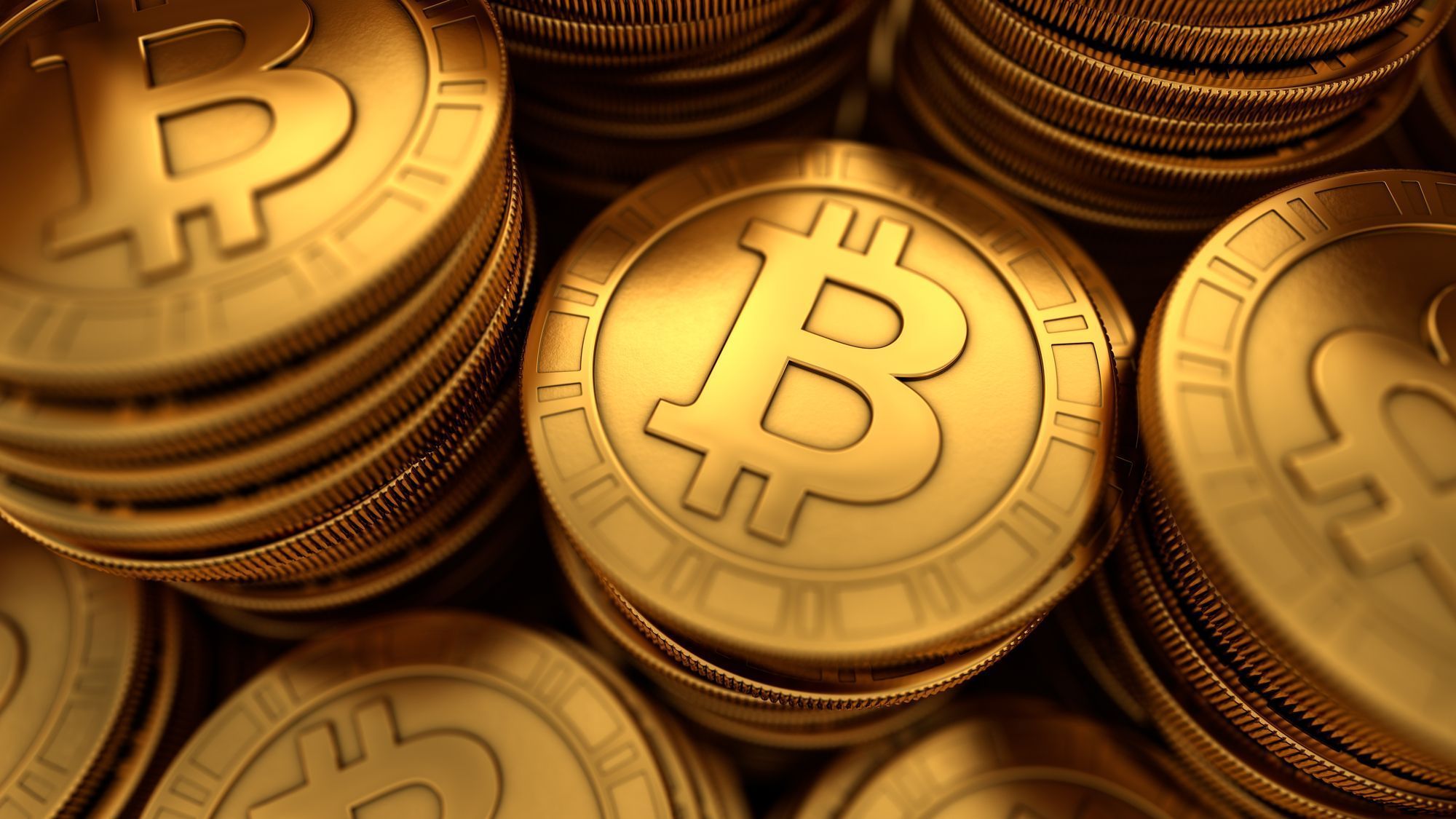Oil prices jump 3% as Iran suspends cooperation with UN nuclear watchdog

By Stephanie Kelly
NEW YORK, July 2 (Reuters) - Oil prices rose 3% on Wednesday as Iran suspended cooperation with the U.N. nuclear watchdog and the U.S. and Vietnam reached a trade deal, but a surprise build in U.S. crude supplies limited price gains somewhat.
Brent crude LCOc1 settled $2.00 higher, or 3%, to $69.11 a barrel, while U.S. West Texas Intermediate crude CLc1 gained $2.00, or 3.1%, to $67.45 a barrel.
Brent has traded between a high of $69.21 a barrel and low of $66.34 since June 25, as concerns of supply disruptions in the Middle East have ebbed following a ceasefire between Iran and Israel.
Iran enacted a law stipulating any future inspection of its nuclear sites by the International Atomic Energy Agency will need approval by Tehran's Supreme National Security Council. The country has accused the agency of siding with Western countries and providing a justification for Israel's air strikes.
"The market is pricing in some geopolitical risk premium from Iran's move on the IAEA," said Giovanni Staunovo, a commodity analyst at UBS. "But this is about sentiment, there are no disruptions to oil."
Prices also gained after President Donald Trump and Vietnamese state media said the U.S. and Vietnam had struck a trade agreement that sets 20% tariffs on many of the Southeast Asian country's exports following last-minute negotiations.
"Risk appetite appears emboldened by an apparent tariff deal between the U.S. and Vietnam today," analysts at energy advisory firm Ritterbusch and Associates said in a note.
Prices pared gains earlier in the session after the U.S. Energy Information Administration said domestic crude inventories rose by 3.8 million barrels to 419 million barrels last week. Analysts in a Reuters poll had expected a drawdown of 1.8 million barrels. Gasoline demand dropped to 8.6 million barrels per day, prompting concerns about consumption in the peak summer driving season.
"During summer time, 9 million (bpd) is basically the line in the sand to define a healthy market," said Bob Yawger, director of energy futures at Mizuho. "We're now well below that. That's not a good sign."
Meanwhile, planned supply increases by OPEC+, the Organization of the Petroleum Exporting Countries and its allies including Russia, appeared priced in and were unlikely to catch markets off-guard again imminently, said Priyanka Sachdeva, senior market analyst at brokerage Phillip Nova.
Four OPEC+ sources told Reuters last week the group plans to raise output by 411,000 bpd next month when it meets on July 6, a similar amount to the hikes agreed for May, June and July.
Saudi Arabia lifted shipments in June by 450,000 bpd from May, according to data from Kpler, its biggest increase in more than a year. However, overall OPEC+ exports are relatively flat to slightly down since March, Staunovo said. He expects this trend to persist over the summer as hot weather drives higher energy demand.
The release of the key U.S. monthly employment report on Thursday will shape expectations around the depth and timing of interest rate cuts by the Federal Reserve in the second half of this year, said Tony Sycamore, an analyst at IG.
Lower interest rates could spur economic activity, which would in turn boost oil demand.







